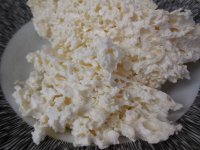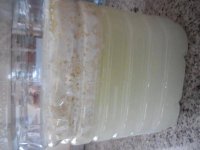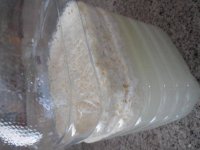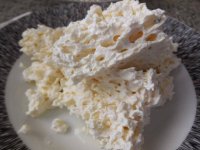V
voidpainter
Ok today with a digita pen, slurry gives me 6.9-7.0-ish pH and the “analog” soil pH meter straight in soil gives me 5 - 5.5 pH across different measuring spots.
Regarding the analog meter the pH improved from 4.5-5.5 to 5.0-5.5 over night.
I had acidity problems with my last round, unbuffered soil, I’m trying to do it right this time. I guess the pH should rise in a couple of days to the starting point of 6.9.
First time doing LAB and I’m unsure if the soil will buffer it back to my desired 6.9-7.0.
Thanks to everyone helping here. Appreciated.
Regarding the analog meter the pH improved from 4.5-5.5 to 5.0-5.5 over night.
I had acidity problems with my last round, unbuffered soil, I’m trying to do it right this time. I guess the pH should rise in a couple of days to the starting point of 6.9.
First time doing LAB and I’m unsure if the soil will buffer it back to my desired 6.9-7.0.
Thanks to everyone helping here. Appreciated.






